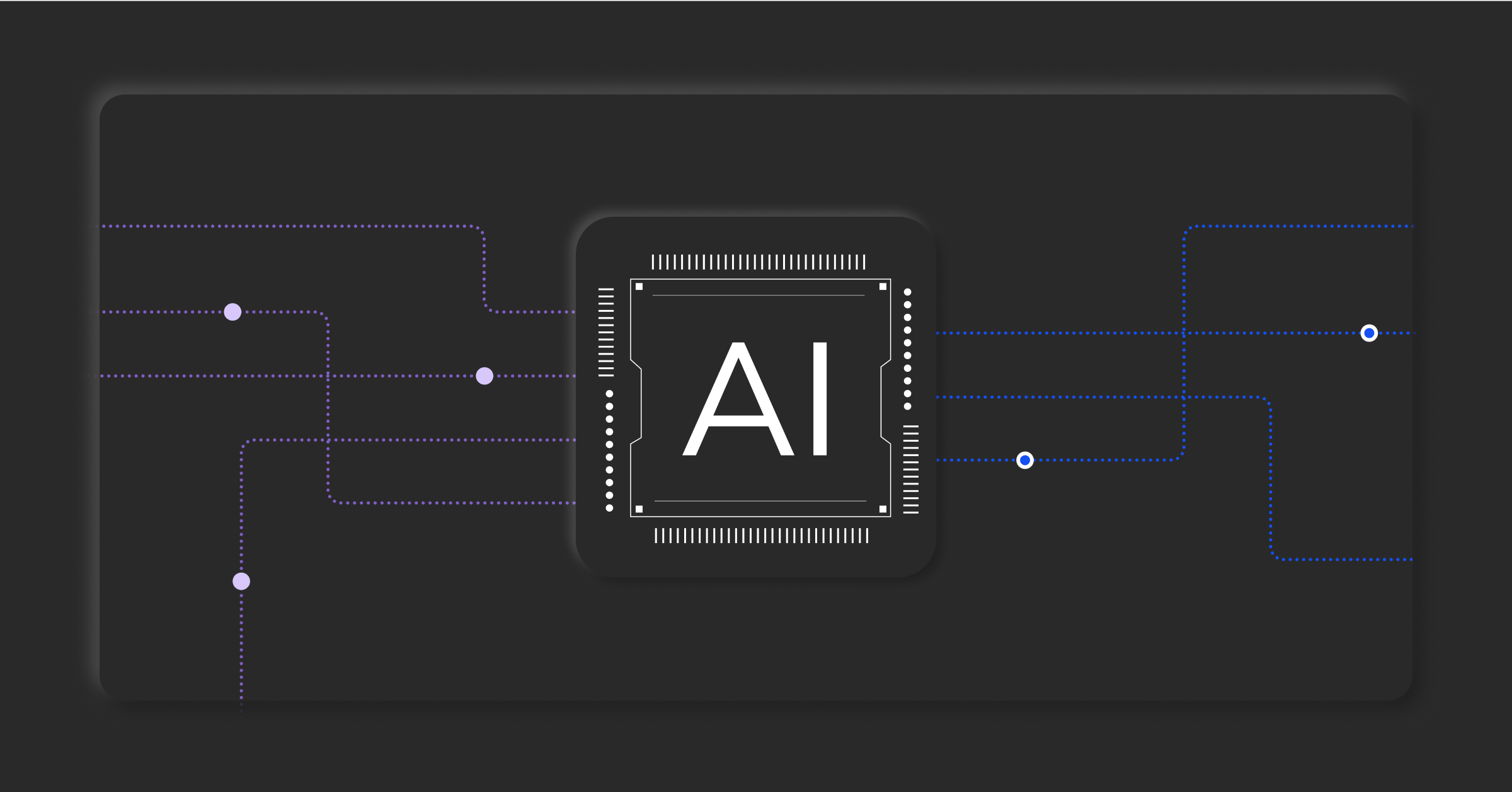Modernizing and Consolidating Monitoring, Without Losing It…

As IT infrastructures continue to grow more complex, IT professionals face the ongoing challenge of gaining end-to-end visibility into their environments. However, having multiple siloed tools to monitor and manage these systems creates additional complexity and its own challenges. In fact, 91% of organizations report challenges when deploying observability solutions.
While it is clear that the more consolidated and correlated the tools are, the better, it’s always difficult to decide which tools to retire, and how to make those tools that we do keep work together better. At BigPanda, we constantly hear from our customers that tool consolidation is a very touchy subject, and that decisions are often made more on the basis of political issues than facts, since it is difficult to make an objective assessment of a given tool’s contribution. Modernization is also an incident-ridden process, as overlaps, gaps and unstandardized thresholds distort situational awareness and create additional noise.
To make things easier, here are a few guidelines we’ve put together based on our experience, and that of our customers.
Establish the True Worth of Tools, Through Operational Reporting and Analytics
Are the alerts you’re getting from a tool relevant to where you really should be spending most of your time? Are there too many? Too few? Are there gaps? Or overlaps with alerts from other tools? If so – which one should you use? The answers to these questions do not lie in one place or tool, but rather in an overall analysis of your stack. If you can identify your hotspots, your top recurring alerts, the noisiest hosts, noisiest checks and so on, you’ll be better equipped to identify which tools are actually providing you with the best value. In fact, you may discover that, when correlated with other alerts or enrichment sources, some of your tools are more valuable than first meets the eye.
BigPanda’s Unified Analytics console allows such objective analysis, helping you understand tool effectiveness, identify any gaps and overlaps, and ensure a cohesive monitoring strategy. A well-known footwear retailer, for example, was utilizing two network monitoring tools which were overlapping in many areas and showing the same alerts. It used BigPanda to establish which one was sending the alerts earlier, helping their IT Ops team decide that was the tool to keep.
New Tools Introduce New Noise. Correlation Can Help
Modernization does not mean shutting down one solution and turning on a new one. When you add new tools before you retire the older ones, you will be introducing new alerts and information, initially making your job more difficult than it was before. And, since you will probably be trying to err on the side of caution, thresholds will be lower than needed as you work to dial in the right ones. This means even more noise. Using correlation can help streamline this transition process, by reducing the noise and allowing your teams to standardize processes and tool thresholds quicker, more easily and with greater accuracy.
BigPanda’s Open Box machine learning does just this. Compressing noise by over 95%, it presents you with only a handful of incidents, which are also insight rich and actionable – freeing your time and simplifying your transition process. Several of our customers, including two leading insurance companies, have used BigPanda’s capabilities to normalize their monitoring thresholds throughout the organization.
A Single Pane of Glass Can Ease the Pain
Yes, “Single Pane of Glass” may be a well-worn marketing buzzword, but these days it’s seeing a comeback, since being able to see all the alerts from both the old and new tools in one place can make transitions easier. A leading ERP vendor was struggling to switch monitoring solutions as it was apprehensive about the potential damage that could happen in the interim period. BigPanda acted as an enabler in this transition, by providing a single screen where alerts from both solutions were shown, enabling a unified, streamlined process during the transition phase.
It can be a daunting task to modernize monitoring and rationalize the use of tools. But following a few tried-and-tested methodologies can help ease the pain. Just ask our customers.



